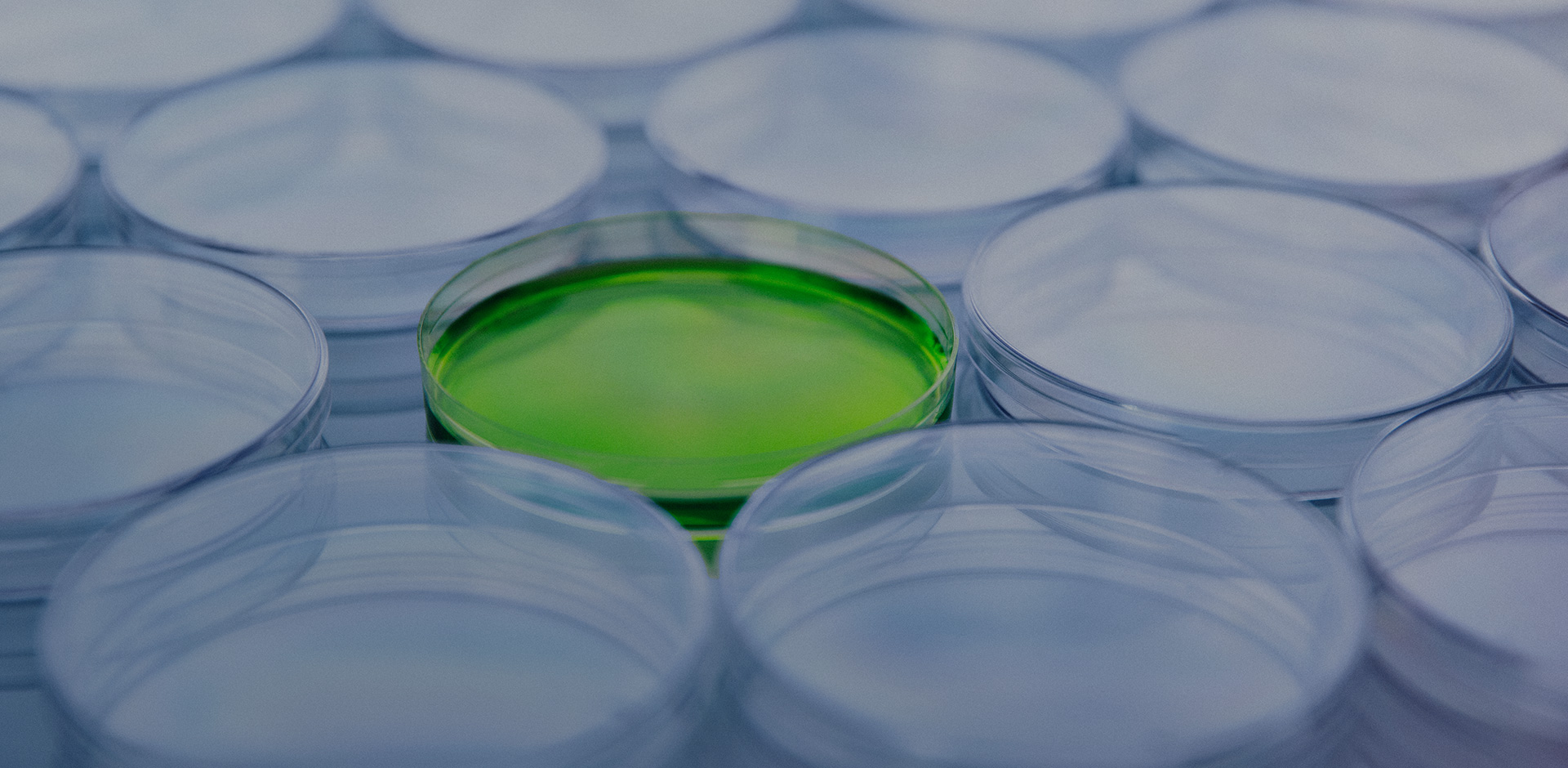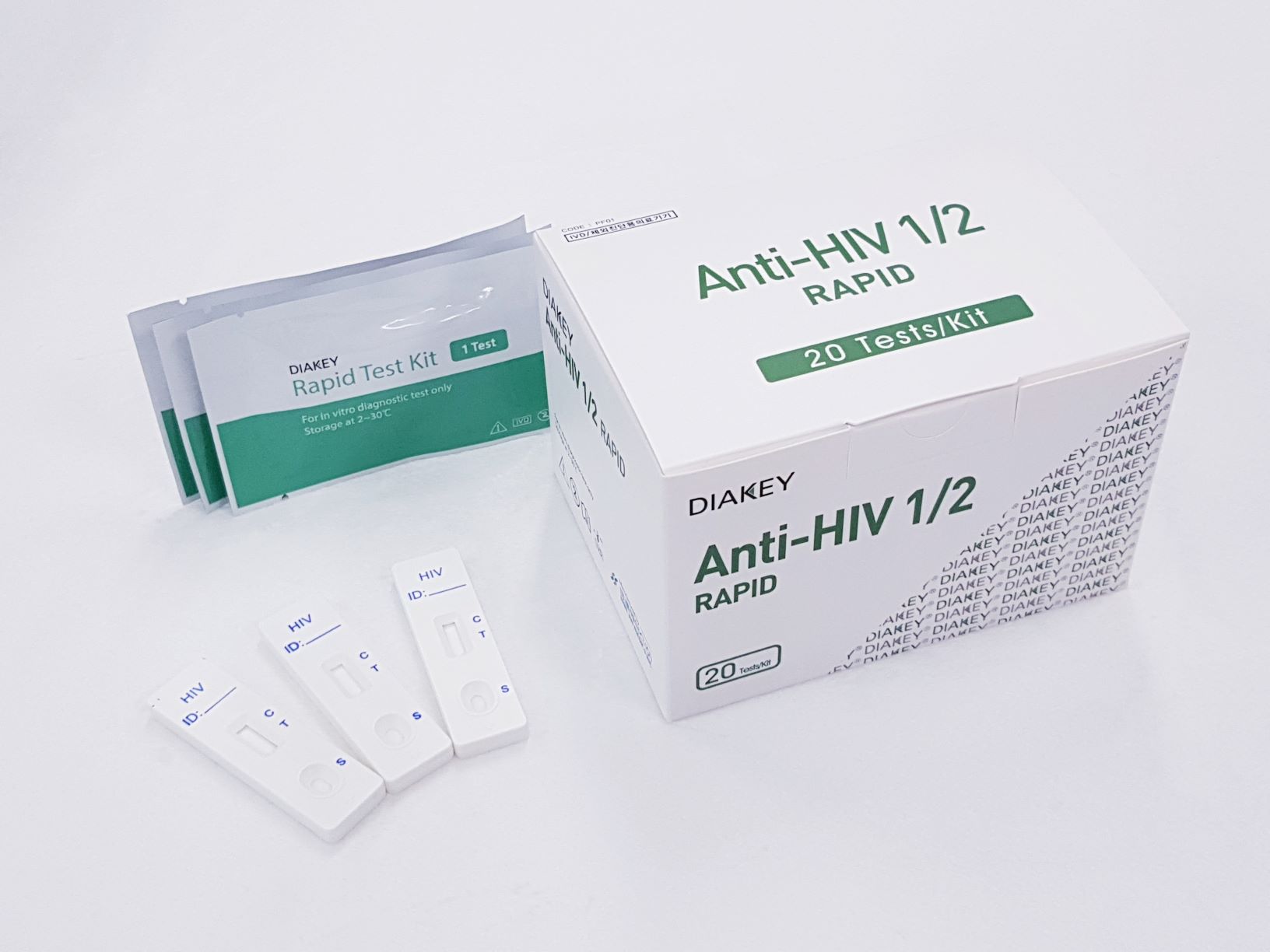DIAKEY Anti-HIV 1/2 RAPID
The Human immunodeficiency virus Antibody Test (HIV1/2)
Summary
- KFDA Registration No
-
CAT No
PF01
-
TEST METHOD
Immunochromatographic assay, ICA
- SAMPLE VOLUME
- INCUBATION TIME
- STD RANGE
Download File
Intended Use
The Human immunodeficiency virus Antibody Test (HIV1/2) (Whole serum or plasma)
For in vitro diagnostic use only. It is intended for over-the-counter and for prescription.
INTRODUCTION
Acquired immunodeficiency syndrome (AIDS) is Secondary immunodeficiency syndrome infected by human immunodeficiency virus(HIV), the feature is obviously decreased of the circulating CD4 T cells, an opportunistic infection and malignant diseases. The group of the virus is a retrovirus in the primate immunodeficiency virus slow virus in genera subgenus. Now it is found that there are two kinds of type, HIV-1 and HIV-2, both Originated in Africa.
HIV-1 have eight subtypes (A-H) and O subtype, because of its highly pathogenicity, it is the main pathogen of the global AIDS epidemic. HIV-2 is lower toxicity and long latency.
PRINCIPLE OF THE ASSAY
The Human immunodeficiency virus Antibody Test (HIV1/2) (Whole Blood/Serum/Plasma) is a lateral flow chromatographic immunoassay based on the principle of the double antigen–sandwich technique. The membrane is pre-coated with HIV 1/2 recombinant antigen on the test line region of the test. When testing positive specimen (whole blood, serum or plasma) , the anti-HIV antibody in the specimen reacts with the particle coated with anti-HIV antigen. The mixture migrates upward on the membrane chromatographically by capillary action to react with anti-HIV antigen on the membrane and generate a coloured line. The presence of this colored line in the test region indicates a positive result, while its absence indicates a negative result. To serve as a procedural control, a colored line will always appear in the control line region indicating that the proper volume of specimen has been added and membrane wicking has occurred..
Use Precaution
Be careful when handling all samples, reagents, or devices used in the test as they may be the source of infection.
All reagents, human body samples, etc. are handled at the designated location.

